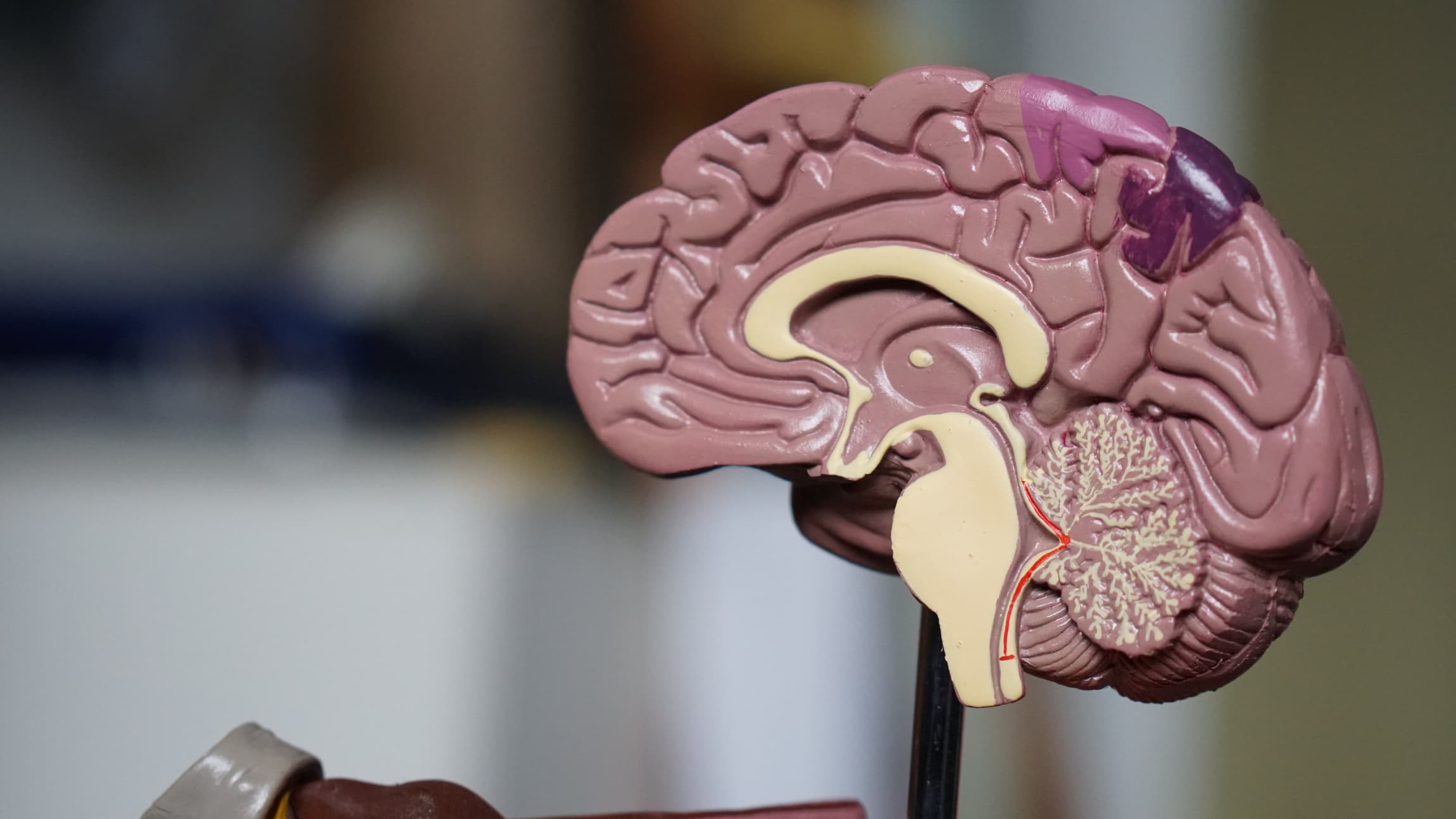One of the best things you can do as you work through recovery is to learn more about the type of stroke you had. How the stroke occurs and where in the brain it happens will determine what issues you might be dealing with.
This can help your family members better understand what you’re going through. It will also inform your therapists about what type of treatment is best for you!

Over the next couple of posts, I’ll be writing about the different types of strokes so that you have a better understanding of what’s happened to your brain!
What is a stroke?
In the medical world, a stroke or “brain attack” is called a Cerebral Vascular Accident (or CVA) which has to do with Latin word origins. Try not to get too excited, but I have a really brief Latin lesson to help you better understand.
Cerebral = “Brain or skull.”
Vascular = “Of vessels or tubes.”
See, that wasn’t too bad, was it? So when we put them together a CVA is basically an unanticipated injury (accident) that happens within the vessels (vascular) of our brain (cerebral).
The 4 Main Types of Strokes
The four main types of strokes are: Ischemic, Hemorrhagic, TIA, and Cryptogenic. Let’s talk a little about each.
Ischemic Stroke
- This is the most common type of stroke and accounts for 87% of all strokes, per the American Stroke Association.
- Involves a blood clot or blockage of a vessel in the brain that causes the brain to be without oxygen, resulting in cell death or damage. (This is because blood carries oxygen and the brain needs oxygen to function).
Hemorrhagic Stroke
- These strokes make up around 13% of all strokes, per the American Stroke Association.
- Involves a weak blood vessel that bursts causing a brain bleed. The bleed puts pressure onto the brain tissue and results in brain cell death or damage.
- Most commonly caused by an aneurysm or an arteriovenous malformation (AVM). I’ll talk more about this in a separate post.
Cryptogenic Stroke
- Almost 25% of ischemic strokes (caused by a clot or blockage) are considered cryptogenic, according to the American Stroke Association. This means that the cause of the stroke is an unknown clot or blockage.
- It’s important to ask your doctor for diagnostic imaging (like an MRI and/or a CAT scan) and blood work to determine if a cause can be found.
TIA or Transient Ischemic Attack Stroke
- A TIA is also known as a “mini-stroke.” This is when a blockage occurs temporarily in the brain due to a clot but symptoms typically resolve.
- It’s still possible to have severe symptoms similar to having a full-blown stroke, but symptoms either don’t last or won’t be as severe when the clot clears.
- It’s really important to take a TIA as a warning sign. It typically signals that an actual stroke is in the future.
Well, you got the shortest Latin lesson and got into the real meat n’ potatoes on the main types of stroke. Go show off your new knowledge!

